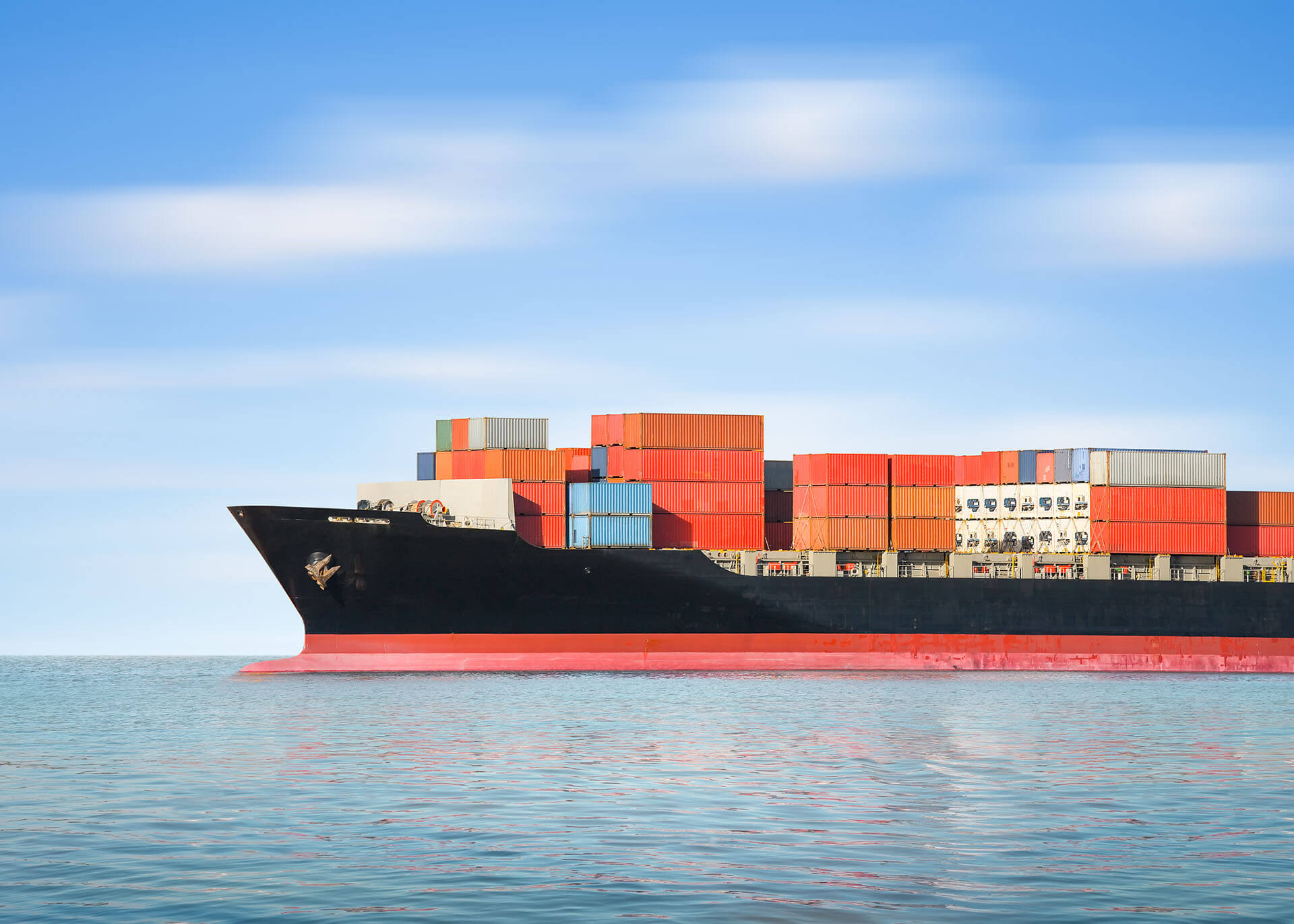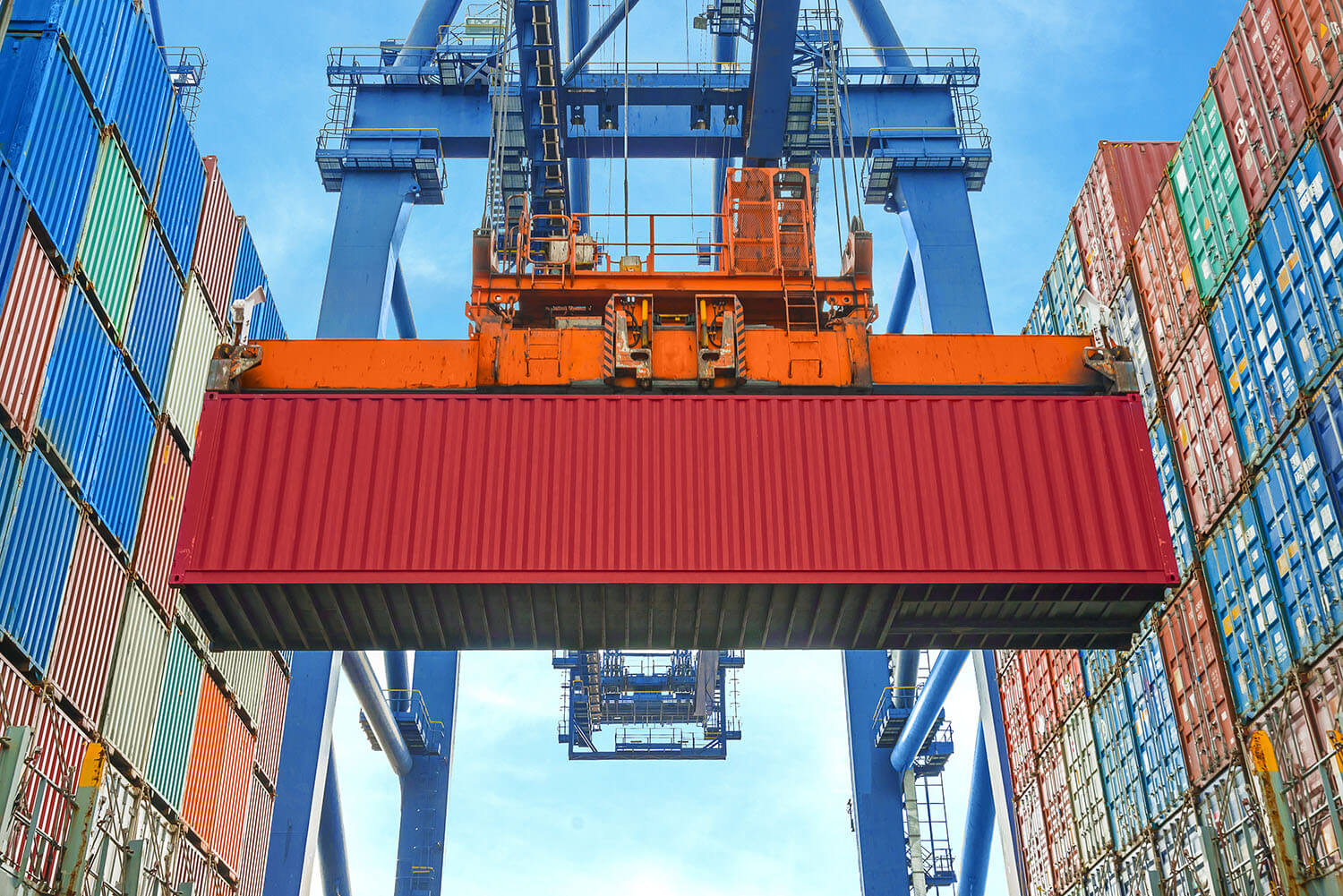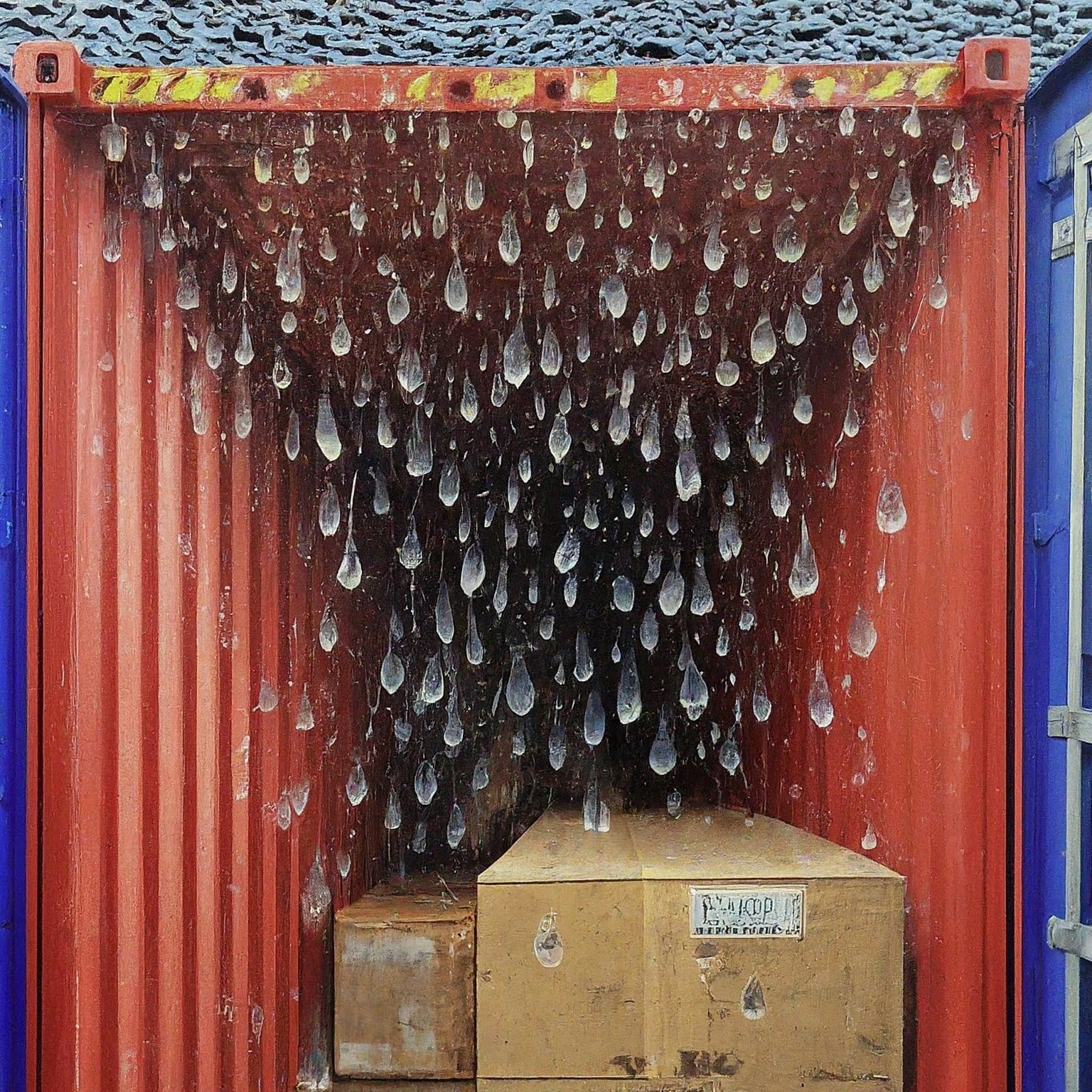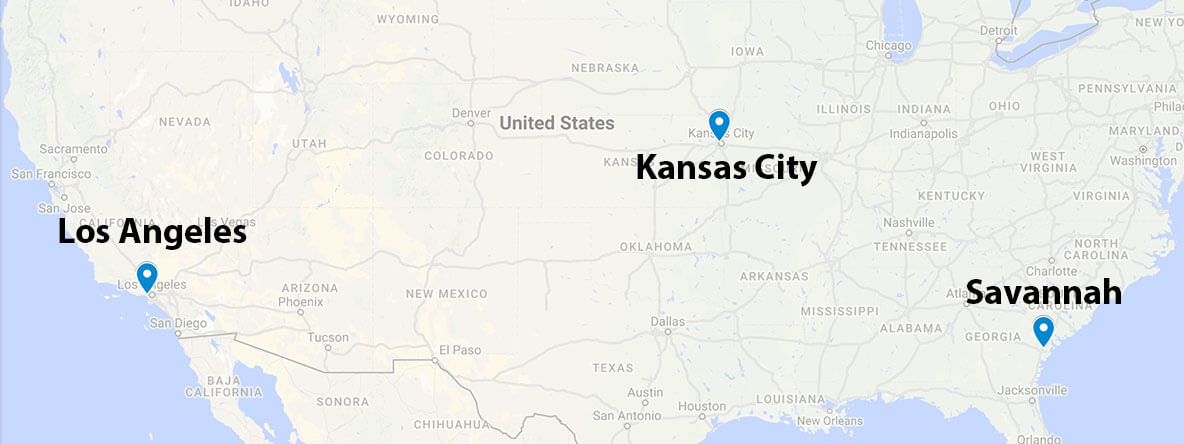How Hot Do Shipping Containers Get?

Shipping containers carry all sorts of cargo — from perishable goods like food to chemicals and raw materials. As shipping containers are transported, they’re exposed to frequently changing temperatures.
These temperature changes can cause major problems for certain types of cargo — especially perishable goods and chemicals.
If you’re shipping temperature-sensitive goods, you may be wondering how hot shipping containers get and what you can do to protect your cargo. In this guide, we’ll take a deep dive into shipping container temperature changes and their effects, as well as what you can do to safeguard your cargo.
Shipping Containers Can Reach Extreme Temperatures
To put it plainly, shipping containers can get hot. Really hot. One study of wine shipments found that containers traveling between Australia and the US reached a maximum temperature of 122 degrees Fahrenheit (50 degrees Celsius) while at sea.[1]
Another study conducted by engineers at Xerox found that temperatures in shipping containers on land can drop as low as -21ºF (-29ºC) and reach as high as 135 degrees Fahrenheit (57ºC).[2] The researchers found that the greatest temperature fluctuations occur on land, though containers traveling by sea are still subject to intense heat.
How Do Extreme Temperatures Affect Shipping Container Cargo?
As temperatures rise above 86ºF (30ºC) inside a shipping container, the cargo inside that container can sustain permanent damage as a result.
There’s a long list of temperature-sensitive cargo that can be damaged by extreme heat or cold. Perishable items can be spoiled while other goods can weaken or lose effectiveness. Some common examples of temperature-sensitive cargo include:
- Perishable foods such as meat, seafood, dairy, and fresh produce
- Preserved goods in cans and glass containers
- Paints
- Soaps
- Electronics such as laptops, phones, and circuit boards
- Bonding agents
- Epoxy resins
- Alcohol
- Wood and leather products
- Water in plastic bottles or containers
Fluctuating temperatures can also lead to a phenomenon called container rain. When the air contracts and expands due to changing temperatures, moisture can be pulled into your container and begin to collect on the top. As this moisture builds up, it can rain down on your cargo and cause moisture damage.
Understanding the risks of cargo and freight shipping can help you protect your shipments and avoid costly cargo damage.
What Affects Shipping Container Temperatures?
While extreme temperatures and container rain can be problematic, not all shipping containers are affected. We’ll take a closer look at some of the factors that affect shipping container temperatures below.
Climate
Climates vary from region to region, so shipping container temperatures can vary based on the route your container takes. The temperature, sunlight, wind, and precipitation can affect temperatures and moisture levels inside your shipping container, causing damage to your precious cargo.
Container type*
Different types of containers react differently to heat. For instance, a refrigerated shipping container (reefer) will maintain a cool temperature inside when compared to a non-insulated container. A power source keeps the air inside a reefer cool, so it’s less likely to be affected by external temperature changes. They are very expensive to ship and may not always be necessary.
Container color
You’ve probably heard that dark colors attract heat while lighter shades tend to reflect heat. Believe it or not, something as simple as the color of your shipping container can affect the interior temperature. Even at an external temperature of just 77ºF (25ºC), a brown shipping container’s internal temperature reaches around 122ºF (50ºC). In the same conditions, the inside of a white shipping container only heats up to 100.4ºF (38ºC).[3]
Container position
The position of your shipping container has a direct impact on the interior temperature. Containers at the top of the stack are directly exposed to the sunlight, which typically results in higher internal temperatures. If your container is near the bottom of the stack, it will absorb some radiant heat but won’t be exposed to the sun. This effect is amplified on sunny days in extremely warm climates.
How to Protect Shipping Containers from Extreme Heat
Extreme temperatures and container rain are inevitable if you don’t protect your cargo properly. The good news is that there are solutions that allow you to safely ship goods without worrying about extreme heat or moisture.
You may be tempted to invest in a refrigerated container, but they’re more expensive and prone to mechanical issues. Reusable insulative materials are a more cost-effective option. We’ll outline some of the best ways to control the temperature in a shipping container below.
Thermal blankets
Thermal blankets are designed to reflect radiant heat to ensure your cargo stays cool every step of the way. You can drape a thermal blanket over temperature-sensitive crates and pallets to protect them. If only part of your shipment is temperature-sensitive, thermal blankets are a cost-effective way to protect the cargo that needs it most.
Thermal liners
Thermal liners offer a more comprehensive alternative to thermal blankets. If you need to protect your entire shipping container from extreme temperatures, you can install a thermal liner inside the container to reflect radiant heat. Thermal liners protect every part of a shipping container, including the walls, floor, and ceiling.
Thermal pallet covers
If you’re shipping palletized goods, thermal pallet covers offer a simple solution for protecting your cargo against extreme temperatures. A snug fit ensures these covers provide reliable protection from fluctuating temperatures, keeping every pallet of cargo safe.

Beat the Heat With EPGNA Cargo Solutions
Understanding the challenges and risks of container shipping can help you protect your cargo. Extreme temperatures can damage several types of cargo, from perishable goods to electronics and chemicals. Being proactive is the best way to keep extreme shipping container temperatures from damaging your goods.
If you need help protecting your cargo, EPGNA can help. With innovative solutions that are designed to keep your cargo safe from extreme temperatures and moisture, we ensure your cargo arrives safely at its destination. Check out some of the shipping solutions on our website or contact us to learn how we can design custom solutions for your shipping needs.

Sandra Malouf is the President of Eurolog Packing Group and has spent her career focused on Industrial Packaging. With a proven track record of helping businesses avoid supply chain disruptions, Sandra’s visionary leadership elevates the industry. She’s committed to developing sustainable practices and continues to shape the future of industrial packaging by listening to the customer and offering unique solutions applicable to various industries across the world. The company’s main focus is temperature stabilization and moisture damage prevention in exports affected by extreme variations in global temperatures.
© 2024 Eurolog Packing Group








